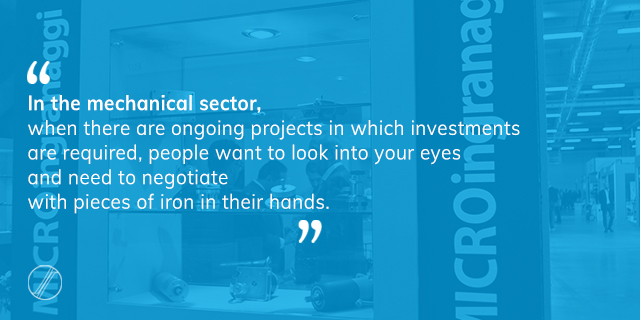Deciding not to pollute the air by using an ecological means of transport running on electric power rather than a combustion engine is useless if the energy needed to drive it is produced by a coal or similar fired power station.
And this is one of the main reasons that continue to hold back the diffusion of electric mobility means.
The other aspect is strictly related to the batteries used. There are highly sophisticated materials currently available on the market such as lithium, which achieve good (although not exceptional) performance in terms of duration, but they are far from economical. This naturally has a knock-on effect when it comes to the price of electric means. If you think that a typical small electric car is about twice as expensive as a petrol car.
Despite this, however, electric mobility is having an increasing impact on the car industry. And – in my opinion – this will continue to grow.
Why am I talking about this? Because those – like MICROingranaggi – who operate in this merchandise category are obliged to take this aspect into consideration. Some time ago, in fact, I wrote that ideally one should have the ability to foresee what the future holds for the next five years, so as to have time to plan for any investments or to acquire new technologies or know-how.
So that brings me to us.
As I recently commented in an interview with Organi di Trasmissione, an increasing diffusion of electric mobility in the car industry could become a threat to gear manufacturers, given that electric drive systems do not need gears, or rather the device that – on a vehicle – contains the largest number of gears.
But (and we are lucky that there is a “but”)
the technological development of cars at present, also foresees the introduction of a series of motor-driven devices (such as for instance those contained in opening handles or retracting doors), and also the development of BBW (brake by wire) or DBW (drive by wire) systems where the brakes and steering are electronically controlled and activated by actuators.
This refers to application sectors that – generally speaking – require the use of electro-mechanisms, i.e. small sized actuators and reduction gears, and many of the solutions in which MICROingranaggi has specialized in for decades. Likewise, the decrease in the mechanical noise emitted by hybrid and electric cars also require the mechanical transmissions to improve noise-wise. This is more good news for manufacturers of mechanical and electro-mechanical micro-components such as us.





